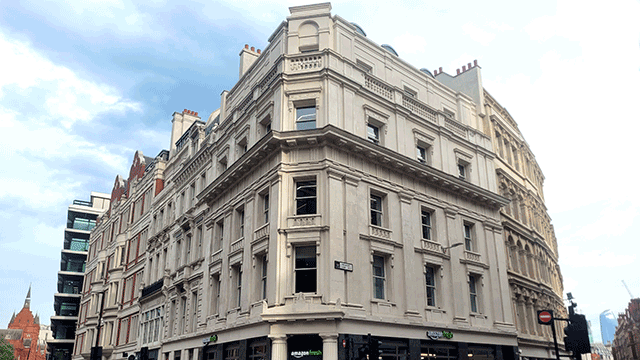Housing associations that develop only by demanding more grant money are as bad as housebuilders that refuse to develop without the prospect of enormous profits, according to Pete Gladwell, L&G’s head of public sector partnerships.
In a panel looking at the changing role of housing associations, Gladwell said there is a big difference between housing associations that understand their new role and those that do not.
Housing associations suffered under the previous government through a decrease in the amount they could charge in rent, and the expansion of help to buy to include their tenants. Since then, a number of larger organisations have looked to different models of quasi-private development to fund their social housing development.
“There was a point where we lost our way a bit, helped by Cameron and Osborne,” said David Montague, chief executive of L&Q. “But we have reconnected with our social purpose.”
L&Q, Montague said, now has a pipeline of 90,000 plots, making it the third-largest landowner in the country. It intends to build 10,000 houses a year.
Kate Davies, chief executive of Notting Hill Housing, said housing associations were the best example of a charitable enterprise anywhere in the world, and she would like to see an expansion of the model.
She said that while they initially they took charitable, and then government, money, that investment is allowing them to give more and more homes back to the taxpayer and people in need, essentially by borrowing on existing stock.
“It’s a terrific model,” she says, adding that it should be applied to other areas such as prisons.
Housing associations currently deliver around 40,000 homes a year, and have committed to trebling that number.
Killian Hurley, chief executive of Mount Anvil, said there was “not a cat’s chance in hell” of delivering government housing targets without housing associations “because the PLCs, their business model, does not allow it.”
To send feedback, e-mail alex.peace@egi.co.uk or tweet @egalexpeace or @estatesgazette










